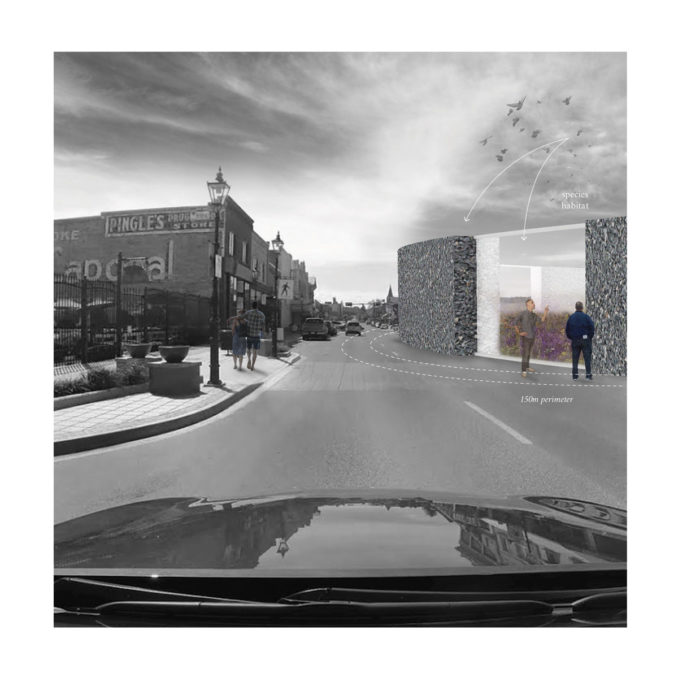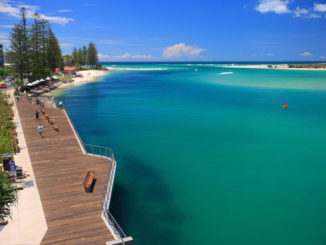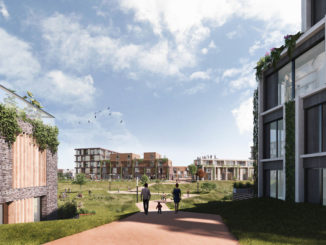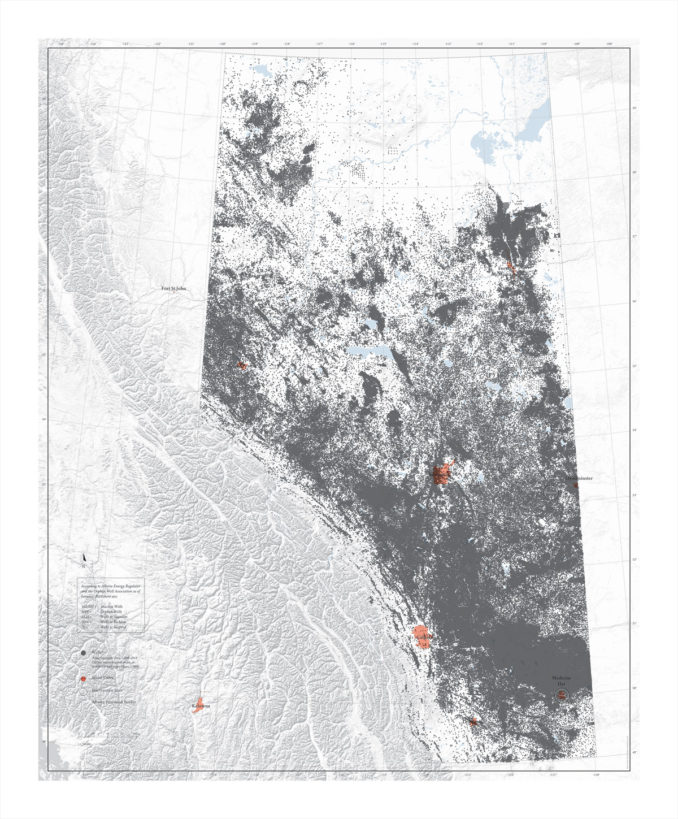
Canada is one of the largest producers of oil and gas, and the visible (and invisible) scale of impact on the landscape from the extraction is extensive. As this industry moves away from conventional extraction, the volume of abandoned well infrastructure continues to grow and impact the environment. These industrial artifacts are forgotten monuments that represent the present condition of today’s oil landscape and are critical sites of engagement, awareness, and dialogue on the long-term consequences of the current fossil fuel regime.
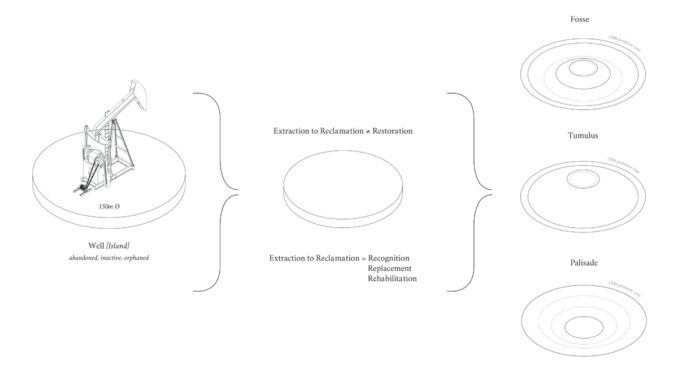
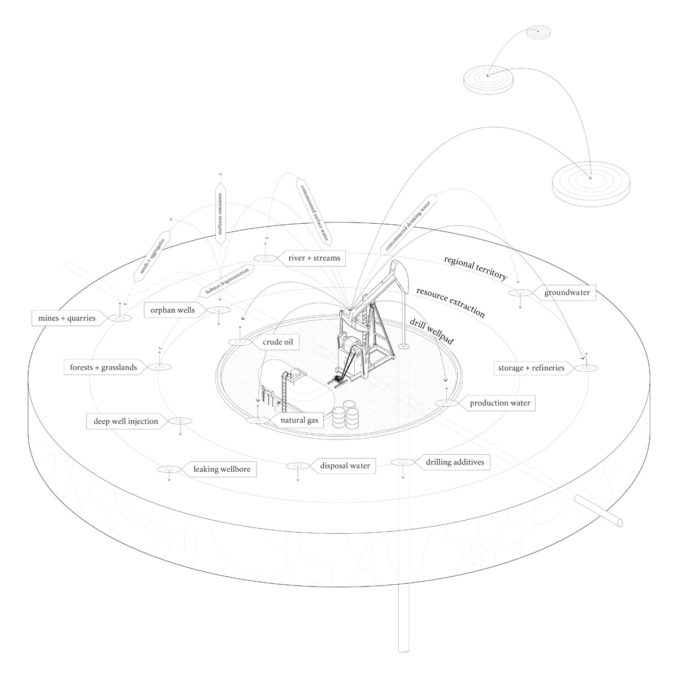
In the province of Alberta alone it is estimated that there are over 500,000 wells that have been drilled, with approximately one in five of those that are inactive. Decades of extraction have left a web of fragmented patches and sacrificial landscapes, resembling an archipelago of anthropogenic islands. By examining the relationship between extraction, abandonment and reclamation, this project designs a spatial vocabulary for taking collective responsibility for this ongoing landscape transformation.
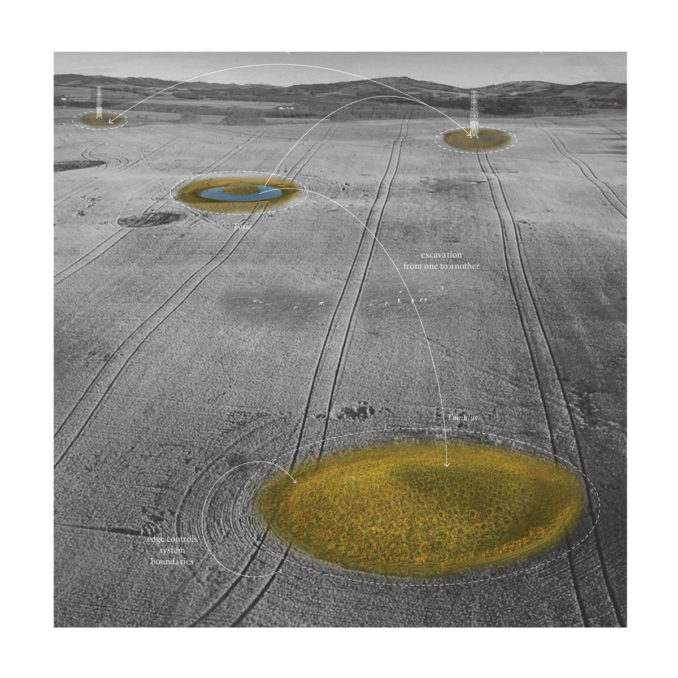
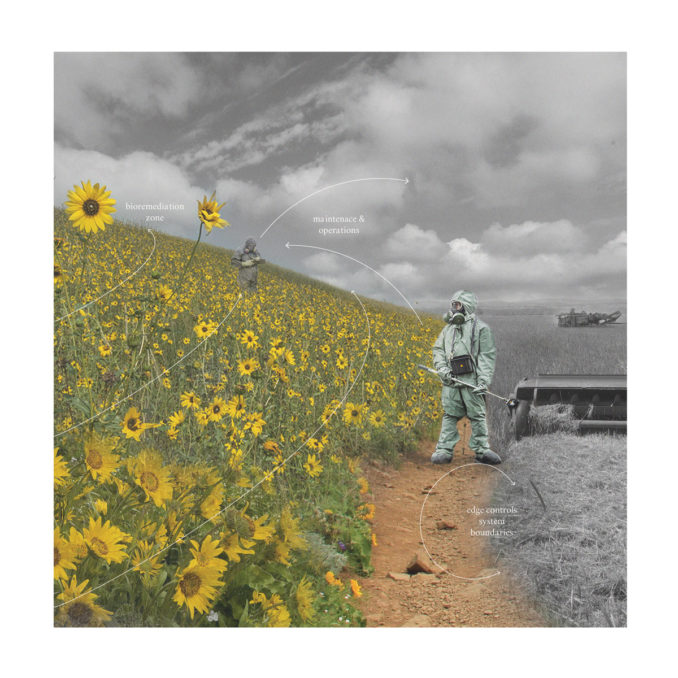
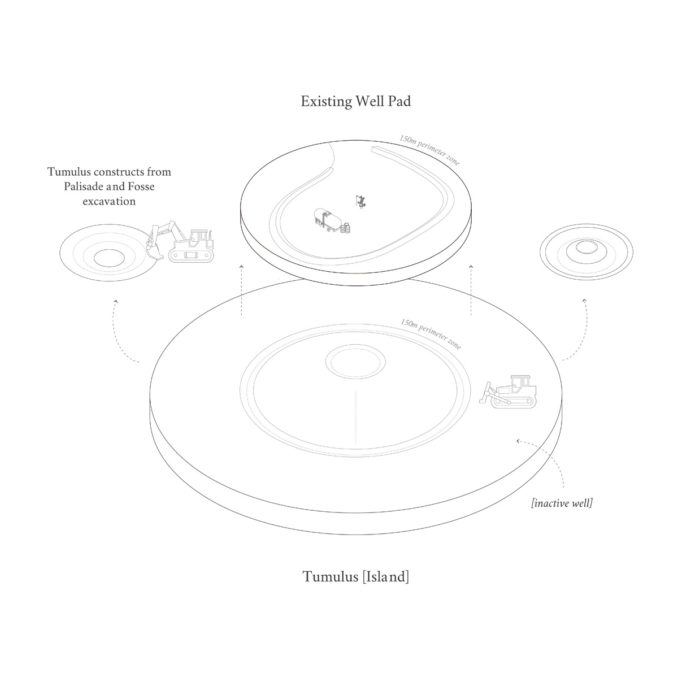
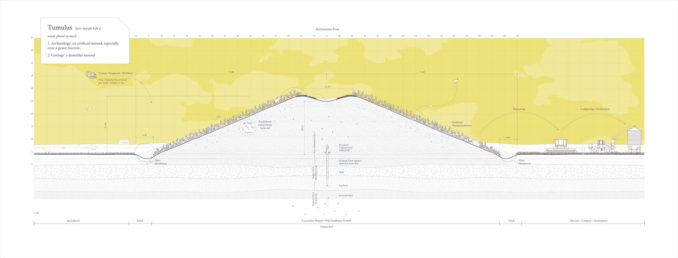
This project intends to bridge the methods of analysis and planning with design experimentation to create spaces where industry, nature, and people can mutually understand each other. By analyzing the discarded and aging industrial infrastructure of conventional oil and gas wells embedded throughout the North American urban and rural landscapes. The intent of the project is to explore how design can contribute to the expansion of spatial interventions and environmental justice in these critical landscapes through speculation and provocation.
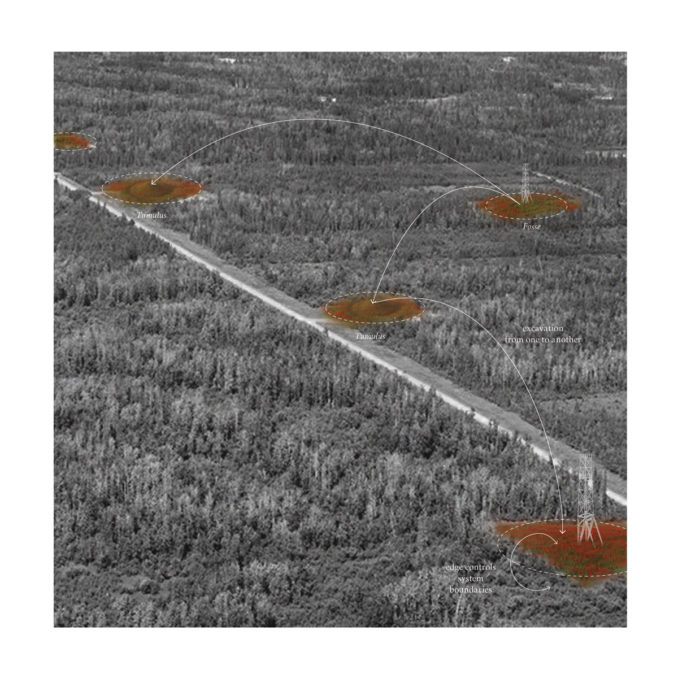
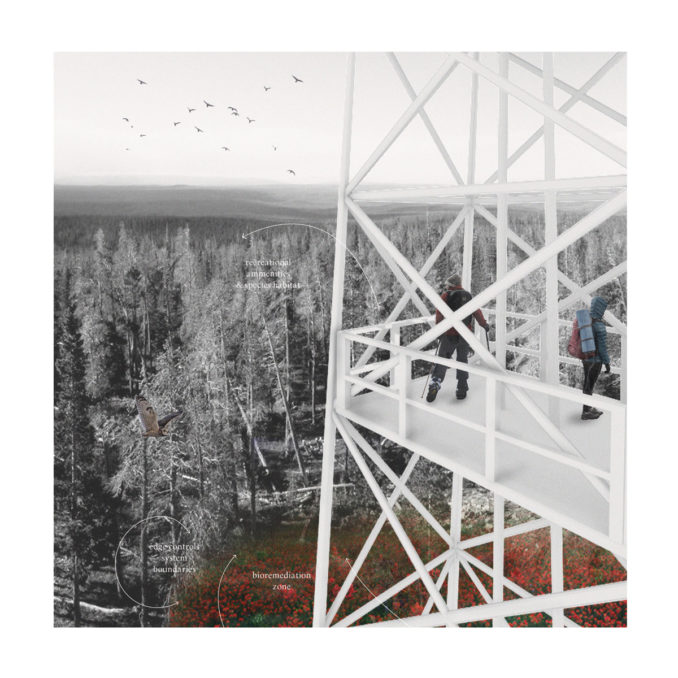
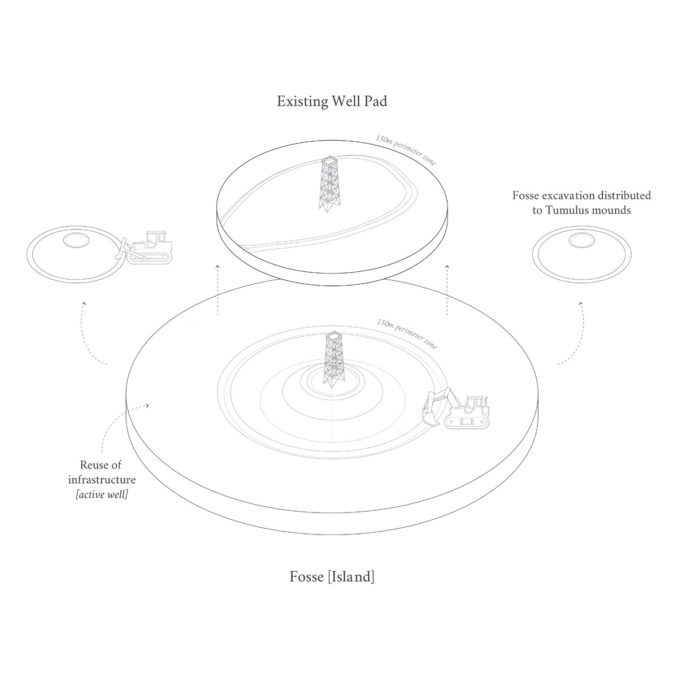
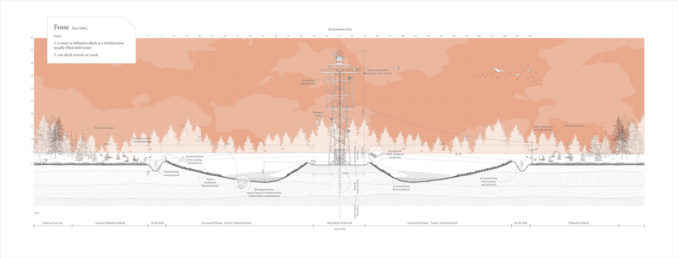
Three interventions, prototypical explorations, sought how we can reconfigure the land, and mend the sacrificed. Each speculation aims to interact with the topography through the remediation of the soil, explore ways to address methane emissions, and create new typologies that re-imagine the unproductive well pad, as a new autonomous island that encourages, biodiversity, habitat, remediation, production. Each intervention looks at using different strategies to push the idea of what reclamation means. No one intervention presented is meant to be a silo design, but a prototype of strategies that can be executed at different scales. Each one of the provocations helps elicit a sense of curiosity, abstraction in the landscape. Revealing a space for witness; perhaps becoming monuments or memorials, abstractions and curiosities in the landscape.
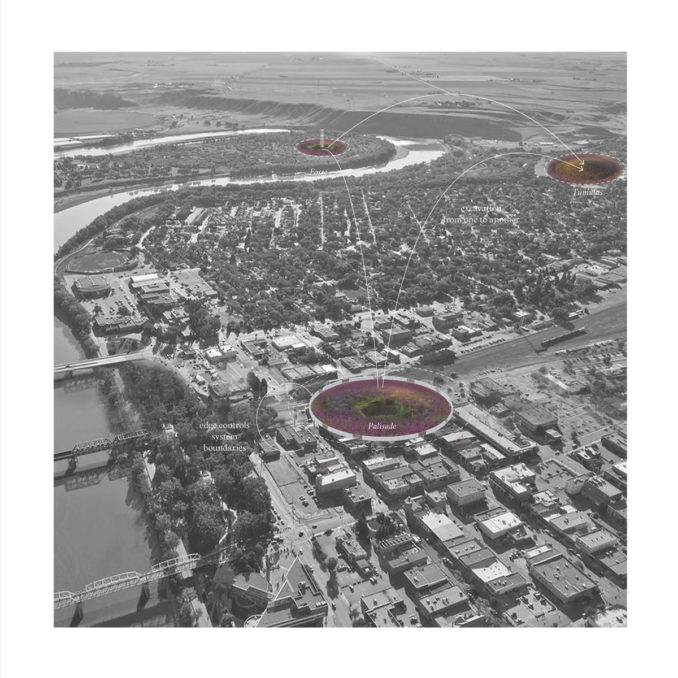
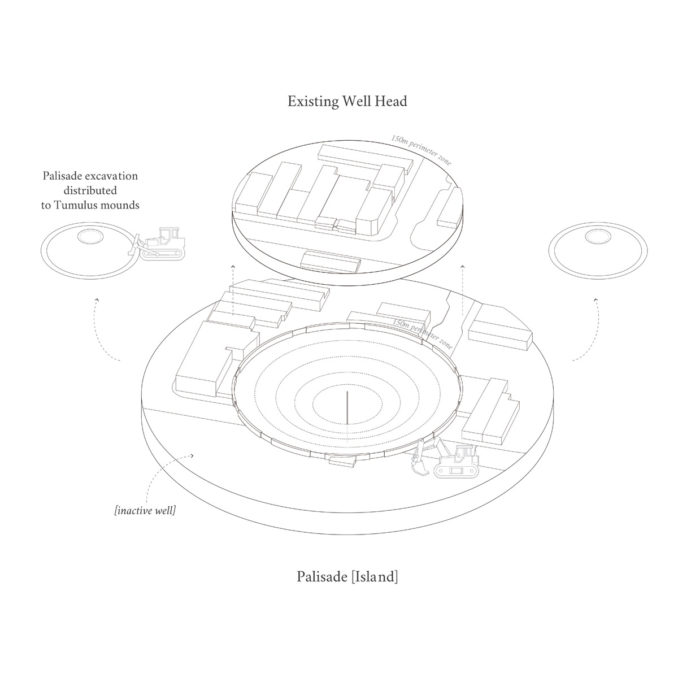
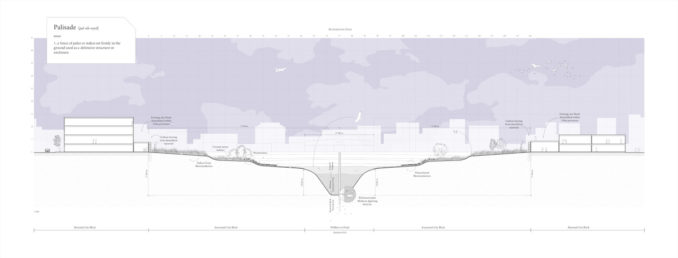
Student | All images and artwork by Celia Winters
Advisors: Fionn Byrne, Professor at University of British Columbia, School of Architecture and Landscape Architecture
Daniel Roehr, Associate Professor at University of British Columbia, School of Architecture and Landscape Architecture

